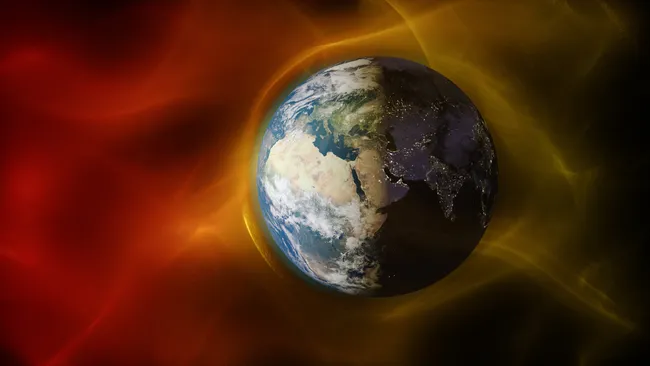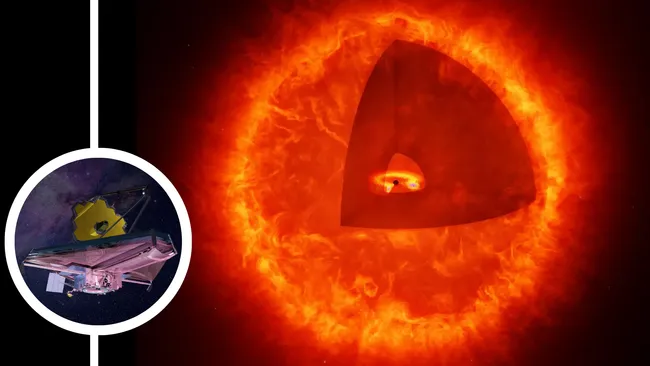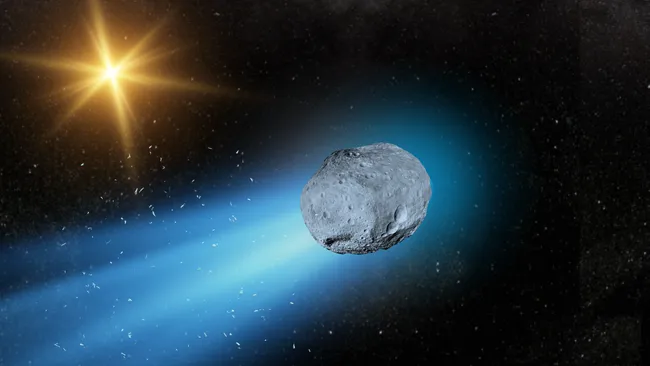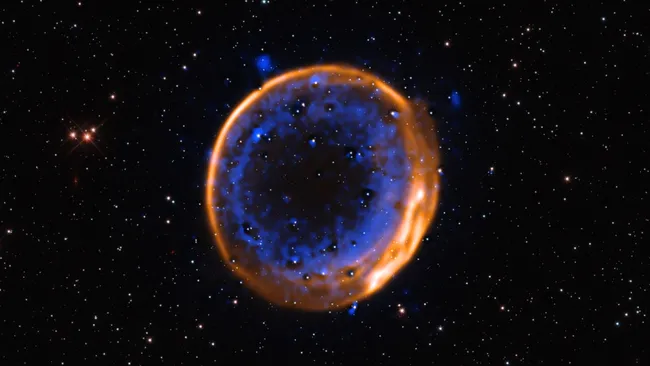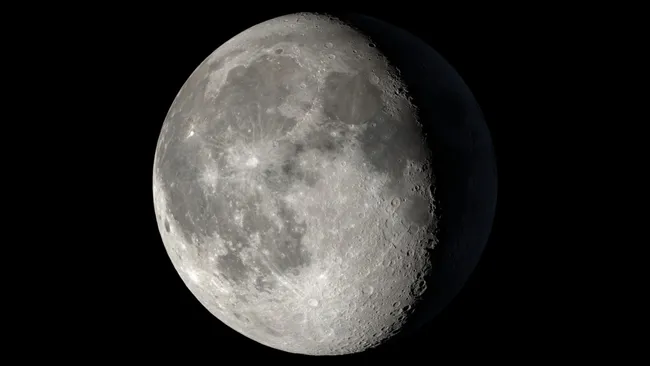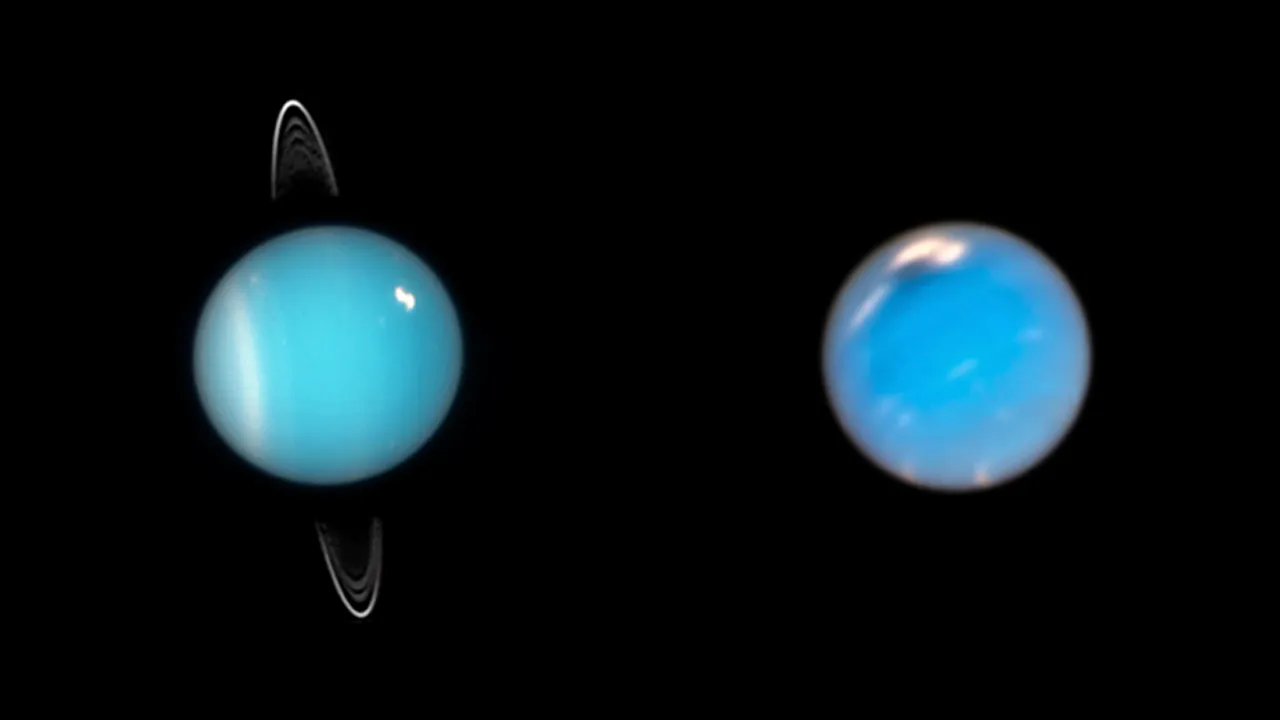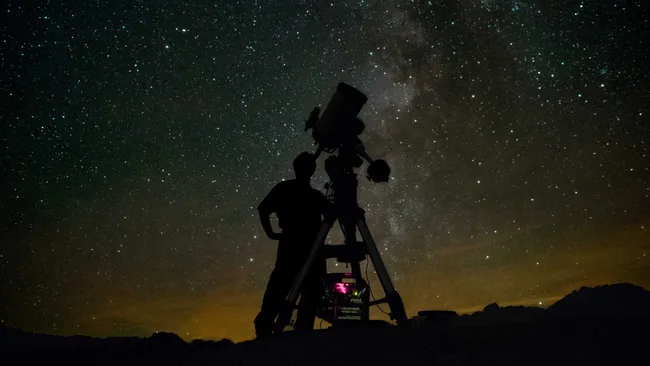A stealth solar storm hit Earth on Nov. 20. It arrived entirely without warning and may have contributed to auroras visible at mid-latitudes, such as Maine and Denmark.
Although this event did not trigger a major geomagnetic storm, such stealth solar storms, or Coronal Mass Ejections (CMEs), are still exciting because they erupt almost undetected and disrupt the solar wind conditions around Earth. They are generally more common when the Sun enters the declining phase of its 11-year solar cycle—the periodic rise and fall in the Sun’s magnetic activity.
The Challenge of Stealth CMEs
A regular CME is usually obvious in solar data, involving bright flares, sudden changes in extreme ultraviolet light, or large loops visibly lifting off the Sun’s surface. Coronagraphs typically capture them as billowing cloudlike structures emanating from the Sun.
Stealth CMEs are the opposite. They erupt quietly, without flares or any bright signatures. They tend to be faint, slow-moving, and very hard to track. Because of that, scientists usually only spot stealth CMEs after they arrive at Earth and disrupt the solar wind.
That is exactly what happened on Nov. 20, when NOAA’s Space Weather Forecasters reported that solar wind conditions were dominated by a negative-polarity coronal hole high-speed stream with a possible “embedded transient,” which could indicate a stealth CME.
The magnetic field carried by the solar wind, normally around 4-6 nanoteslas, briefly spiked to 18 nanoteslas at 9:20 a.m. EST (1420 GMT), while solar wind speeds hovered between $400 – 500 text{ km/s}$, higher than the usual background levels that flow near Earth.
“Stealthy #solarstorms are back!” space-weather forecasting physicist Tamitha Skov wrote in a post on X. “They are stealthy because they have no signature in on-disk or coronagraph imagery. We only detect them when they arrive at Earth. Expect only minor storming with this one at high latitudes, but some of them can cause strong storming when they launch near high-speed streams.”
The auroras reported overnight from mid-latitudes could have been the result of this stealth solar storm combined with the effects of the fast solar wind stream from a coronal hole. The high-speed stream helped boost geomagnetic activity slightly, meaning auroras stretched slightly farther than their usual background high-latitude range.
Why Stealth CMEs Matter
Stealth CMEs are a known challenge for space-weather forecasting. A 2021 study found that stealth eruptions can originate from quiet regions of the Sun, yet still produce strong magnetic signatures in space. The authors note that stealth CMEs “pose many problems for space-weather forecasting” because their signatures are extremely faint and require multi-wavelength, multi-angle observations to identify.
Stealth CMEs arise from quiet regions on the Sun with weak, simple magnetic fields—conditions that become more common during the declining phase of a solar cycle.
“It may seem counterintuitive since we just had a near G5, but we just had an early sign of Solar Minimum’s approach!” Skov wrote on X.

